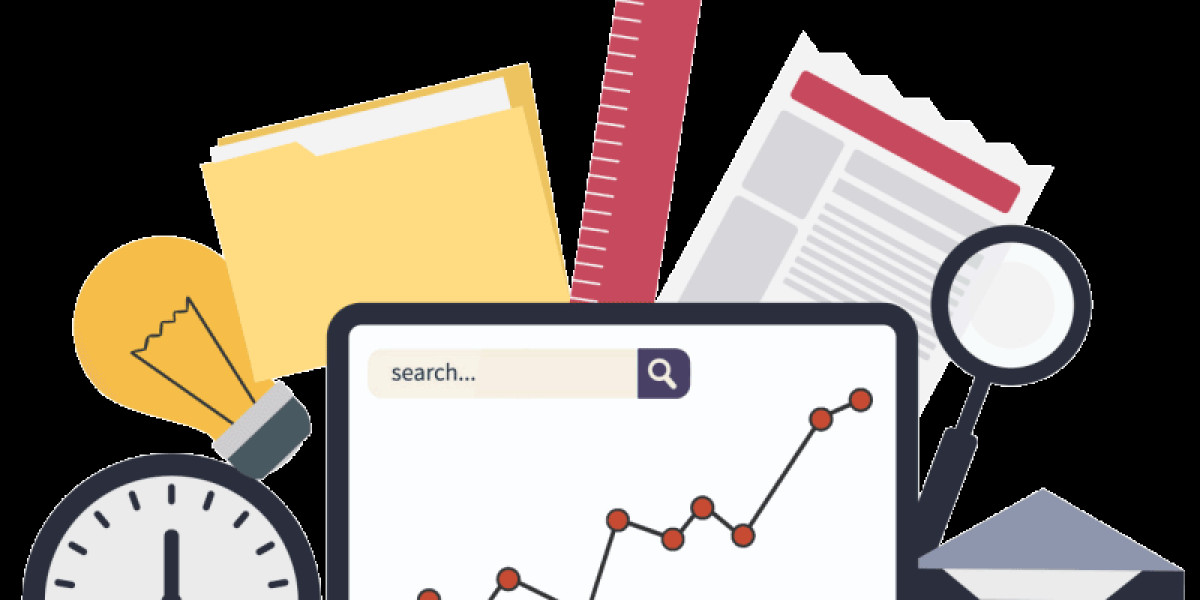The world of app development has undergone a major transformation over the past decade. With the emergence of cross-platform frameworks, developers now have the ability to build apps that work seamlessly on multiple platforms without the need for separate codebases. Cross-platform app development has gained immense popularity because of its efficiency, cost-effectiveness, and speed. As we move into 2025 and beyond, the future of cross-platform app development holds even more promise. New technologies, evolving tools, and changing user expectations are set to make cross-platform development even more powerful and versatile. In this article, we will explore the trends, challenges, and innovations that are shaping the future of cross-platform app development.
1. Emergence of More Advanced Cross-Platform Frameworks
By 2025, the cross-platform development landscape will have matured significantly, with new and improved frameworks designed to address the limitations of previous tools. Frameworks like Flutter, React Native, and Xamarin are currently the leaders in the cross-platform space, but we can expect new entrants with even more sophisticated features.
Flutter will continue to dominate as one of the top choices for developers because of its ability to provide high-performance apps with a single codebase. With its fast rendering engine and robust UI capabilities, it is expected that Flutter will evolve to support more platforms, including advanced wearables, embedded systems, and other emerging technologies.
React Native will likely introduce even more capabilities to improve performance and simplify the development process. The framework may offer deeper integration with native components and more out-of-the-box features to cater to developers who demand flexibility and high performance.
New frameworks, possibly driven by AI and machine learning, could emerge in the next few years. These frameworks will focus on reducing the complexities of building and managing cross-platform apps and will use machine learning to automate many of the coding and testing processes, making development even more efficient.
2. AI and Machine Learning Integration
One of the most exciting advancements in app development is the increasing integration of artificial intelligence (AI) and machine learning (ML). By 2025, AI and ML are set to play a pivotal role in cross-platform app development, enabling developers to create smarter, more intuitive apps.
Automated Code Generation: AI-powered tools will assist developers by automatically generating code, reducing the need for manual coding. These tools will analyze the developer’s requirements and generate optimized, platform-specific code, saving significant time and effort.
App Personalization: Cross-platform apps will integrate AI to provide users with personalized experiences. With the ability to analyze user behavior, preferences, and interactions, AI will enable apps to adapt and evolve to meet the needs of individual users, providing a more tailored experience.
Automated Testing: AI will also revolutionize the testing process. By 2025, AI-driven tools will automatically detect bugs and performance issues across platforms, making cross-platform app testing faster, more accurate, and less reliant on manual intervention.
Voice and Image Recognition: AI-powered capabilities like voice and image recognition are expected to become standard features in cross-platform apps. This will enhance accessibility and user experience, making apps more intuitive and interactive.
3. Increased Focus on Web and Desktop Apps
While mobile app development has long been the main focus of cross-platform frameworks, we are witnessing an increased emphasis on web and desktop app development. As users expect seamless experiences across devices, cross-platform frameworks will continue to expand their support for these platforms.
Web and Progressive Web Apps (PWAs): The rise of Progressive Web Apps (PWAs) will enable cross-platform developers to build apps that offer the same performance as native apps, but with the flexibility of being accessed through a browser. By 2025, PWAs will likely become a standard approach for creating apps that work across mobile, tablet, and desktop devices without the need to develop separate codebases.
Desktop Application Development: Cross-platform frameworks like Flutter and React Native have already started offering desktop app development capabilities, and this trend will continue to grow. By 2025, we can expect a more mature desktop development environment where developers can use their skills to create apps that work seamlessly across macOS, Windows, and Linux using a single codebase.
As businesses look to provide a consistent user experience across multiple devices, the demand for cross-platform frameworks that can target mobile, web, and desktop platforms will increase.
4. Enhanced Native-Like Performance
Although cross-platform frameworks have come a long way in terms of performance, many developers still express concerns about performance when compared to native apps. However, by 2025, we can expect cross-platform frameworks to achieve near-native performance.
Native Performance Optimization: Frameworks like Flutter and React Native will continue to refine their rendering engines and optimize their execution. This will ensure that apps built with cross-platform tools are not only functional but also fast, responsive, and comparable in performance to native apps.
Graphics and Gaming: The future of gaming on mobile and desktop platforms will see significant advancements, with cross-platform frameworks being able to deliver high-quality graphics and performance. Unity and Cocos2d are likely to expand their cross-platform capabilities, enabling developers to create AAA-quality games that run smoothly across multiple platforms.
Better Integration with Native Components: Cross-platform frameworks will increasingly allow developers to access native APIs and platform-specific components with greater ease. This will allow apps to achieve native-like experiences while still leveraging the benefits of a shared codebase.
5. More Seamless Integration with Backend Services
In today’s app development environment, a strong backend is often critical to app performance and success. Cross-platform frameworks will evolve to provide more seamless integration with popular backend-as-a-service (BaaS) providers and cloud platforms.
Real-time Database Integration: In 2025, cross-platform developers will have easier access to real-time databases like Firebase, AWS Amplify, and Google Cloud for building apps that require synchronization across multiple devices and platforms in real time.
Serverless Architectures: The rise of serverless computing will allow developers to build scalable and cost-efficient apps that run seamlessly across platforms without worrying about infrastructure management. By 2025, cross-platform frameworks will be more tightly integrated with serverless architectures, simplifying backend management.
Cross-Platform APIs: APIs will become even more central to cross-platform app development. Developers will rely on a growing ecosystem of cross-platform APIs to seamlessly connect their apps with third-party services and integrations.
6. Enhanced Developer Tools and Ecosystems
The evolution of developer tools and supporting ecosystems will continue to enhance the cross-platform development experience in 2025 and beyond. Tools that automate workflows, streamline debugging, and facilitate seamless collaboration will become commonplace.
Cloud-Based Development: With the increasing reliance on cloud platforms, cross-platform developers will be able to work on projects from anywhere in the world, collaborate in real-time, and use powerful cloud-based tools to manage their projects.
DevOps and CI/CD Pipelines: DevOps tools and continuous integration/continuous delivery (CI/CD) pipelines will be more deeply integrated into cross-platform frameworks, allowing developers to automate the entire development lifecycle from coding to deployment. This will reduce errors, improve collaboration, and streamline the process of maintaining and updating apps.
Enhanced Debugging and Profiling Tools: As frameworks improve, debugging and performance profiling tools will become more robust, allowing developers to easily identify issues and optimize their apps for better performance across platforms.
7. Increasing Adoption of Augmented Reality (AR) and Virtual Reality (VR)
Cross-platform frameworks will increasingly be used to develop apps that integrate with augmented reality (AR) and virtual reality (VR). As AR and VR technologies continue to mature, the need for cross-platform development will grow, especially for applications in gaming, e-commerce, education, and healthcare.
Frameworks like Unity and Flutter are expected to see increased integration with AR and VR, allowing developers to create immersive experiences that work seamlessly across mobile, tablet, and desktop devices.
Conclusion
The future of cross-platform app development in 2025 and beyond is extremely promising. With continued advancements in AI, improved performance, better integration with backend services, and more powerful frameworks, cross-platform app development is set to become the norm for building modern apps. As these tools evolve, businesses and developers will have the ability to create high-quality, performance-driven applications that run across multiple platforms with minimal effort.
By embracing these emerging trends, developers can stay ahead of the curve and harness the full potential of cross-platform frameworks, making app development faster, more efficient, and more innovative than ever before.















